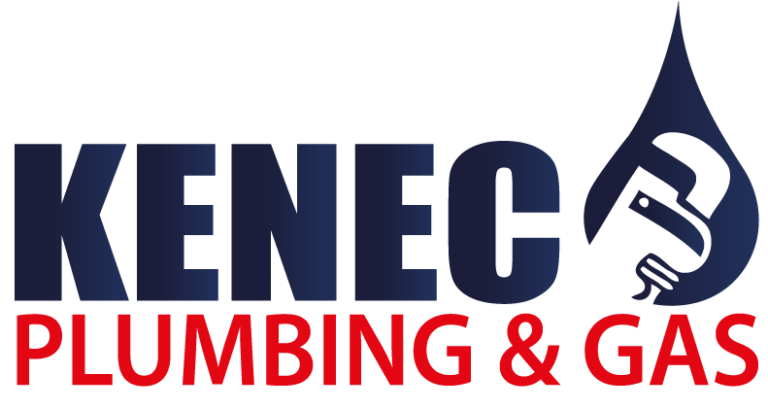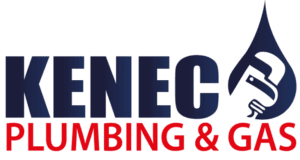World Plumbing Day is on March 11, but plumbing systems are essential parts of our lives every day. Modern plumbing has come a long way from the days of lead pipes and human waste to today’s pumping station and fast service. Let’s take a look back at the history of plumbing in Australia and the world and the importance of modern plumbing.
Brief History of Plumbing
The Indus River Valley civilization – where modern-day Pakistan and India are – frequently takes the credit for starting sewer systems. Homes would have masonry conduits for drawing water and sending waste away to covered drains.
Greece saw a drainage system with sinks, manholes, and lavatories, and they even had terra cotta pipes that were tapered to prevent sediment build-up. A queen’s bathroom even had what was potentially the earliest “flushing toilets,” which used rainwater.
But the Roman empire had the most sophisticated water supply system in ancient times. They built aqueducts to transport water to the city centres, where it was collected in tanks and then distributed to homes. Wealthy Romans would even have hot and cold water. They did, however, use lead pipes – leading to many deaths from lead poisoning.
Plumbing in Australia
Melbourne was also a city of “magnificent intentions” following the discovery of gold in 1851. However, it was also dubbed “Smellbourne” because of its unhygienic waste disposal. Many homes dispose of their waste by dumping it into open drains flowing into street channels, leading to local rivers and creeks.
Finally, in 1888, authorities created a sewerage system and plumbing regulations. They made a system of pipes and drains to carry sewage to a treatment farm.
Meanwhile, up to 1917, Brisbane’s water supply was raw and muddy, pumped directly from the Brisbane River. The Brisbane Board of Waterworks added a sedimentation basin and chlorine filtering for cleaner water. More modern water filtration systems came into place in 1947.
It seems unbelievable now, but until the late 1960s, 45% of Australian homes did not have indoor plumbing. Gough Whitlam created sewerage systems and indoor toilets for outer suburbs in Brisbane, New South Wales, and Sydney in 1967. He left them, as Neville Wran quipped, “fully flushed.”
Modern Plumbing
These days, plumbing systems are more sophisticated – a far cry from copper pipes and chamber pots. We now have flushing toilets, mater plumbers, and modern water treatment. With a growing population, it’s more important than ever for homes to have a clean water supply.
Good plumbing systems have three main characteristics:
Convenience and safety
Master plumbers work to create efficient water systems that deliver clean water throughout your home. This provides easy access to hot and cold running water in the kitchen, bathroom, garden, and other locations. You also have a steady supply of drinking water from the tap.
Clean water also means you and your family are safe from bacteria and disease carried by germs and dirt in unsanitary water supplies. This also means excellent service for public health.
Cost-efficiency
Maintenance is unavoidable, but a good plumbing job can save you money in the long run. An expert plumber will install your indoor plumbing to minimise the risk of flooding, leaks, and dirty toilets. It’ll also maximise your water heating while reducing the energy consumed.
Easy maintenance
A poorly-designed plumbing system means a difficult job for your plumber. They’ll have a hard time fixing your plumbing, whether that’s a leaky sink or a faulty toilet. It’ll also be harder to replace your fittings. But an efficient and well-designed plumbing system is easy to patch up and maintain, consistently delivering clean water to every corner of your home.








Recent Comments